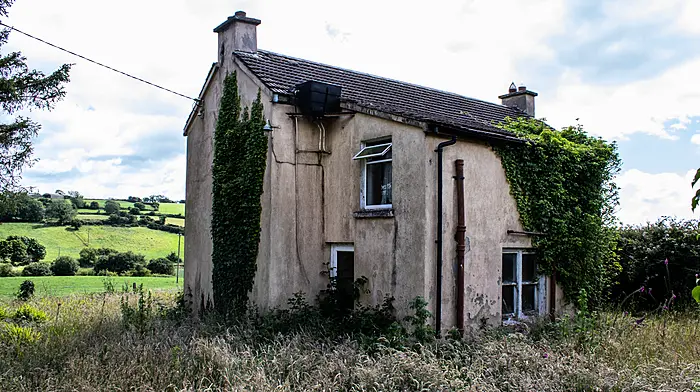FOR the media, the lifting of the controversial eviction ban is the story that keeps on giving.
But for those it directly affects, it’s a like a never-ending horror story, unfortunately.
According to the Residential Tenancies Board (RTB), there were 4,741 notices to quit issued by landlords in the three months before the ban was announced last October.
Approximately 10% were in Co Cork – meaning there are many people in this county watching the current shenanigans in Leinster House very carefully.
Or, are they? There are certainly plenty of people who have given up hoping that they will find a resolution to their housing issues anywhere in Dáil Éireann. Every year we have been promised more homes, better regulation and more access to schemes and allowances, but for so many people, the promises have not materialised into any real action.
In fact, the situation has become gradually worse over the past decade. And with the addition of the unexpected war in Ukraine into the mix, along with an increase in asylum seekers due to instability around the globe, there is very little optimism that the situation is going to improve any time soon.
But what is really confusing a lot of observers is how we let a very successful State social housing construction scheme become quietly dismantled in recent decades.
Anyone over the age of 40 grew up in a country where the State built solid, if unsophisticated, family homes in every county. These homes were so well constructed, in the 50s and 60s, that they became the most sought-after homes during recent property booms, escalating the popularity of many working class suburbs in Dublin, in particular. These terraced and semi-detached homes typically had generous gardens, solid walls and interiors, and were usually in areas well-served by shops, schools and parks, with good transport links.
It’s no wonder they became such attractive propositions to young families and singletons starved of options by government policies which have leaned too far into the private sector to provide its housing stock. But even those options are now as rare as hen’s teeth.
For those who couldn’t find a home to purchase in property-obsessed Ireland, but were just lucky enough to have been able to put a rented roof over their heads, the threat of eviction in the current environment is a very heavy burden to bear.
The ban was introduced at a time when the student accommodation crisis had really come to the fore, and the flight from Ukraine was taking its toll on our property market.
It was intended as a temporary stop-gap – but one that would allow urgent solutions to be implemented, if the will was there.
We knew we could do it, we had introduced much more drastic societal changes and regulations during the pandemic.
But unfortunately the housing crisis hasn’t so far been treated like the pandemic, and so very little has changed by way of plugging the accommodation gaps since last October.
As a result, it seems ridiculously foolish to unleash more people onto the market now. If anything, there are yet more people looking for homes, and now the pent-up backlog from landlords wanting to get out of the market will mean thousands of people will find themselves collateral damage in a dysfunctional system. This week’s decision to ignore the result of the SF motion to extend the eviction ban seems cruel at the very least, and a government own goal at the worst. It also seems as if this administration is daring the electorate to show them the door, so they can sit back and smugly watch the next guardians of the island struggle with the result of years of ignoring the elephant in the room.
But this elephant is roaring, and it can no longer be ignored.
And is this really the right time to make an already bad situation much, much worse?










